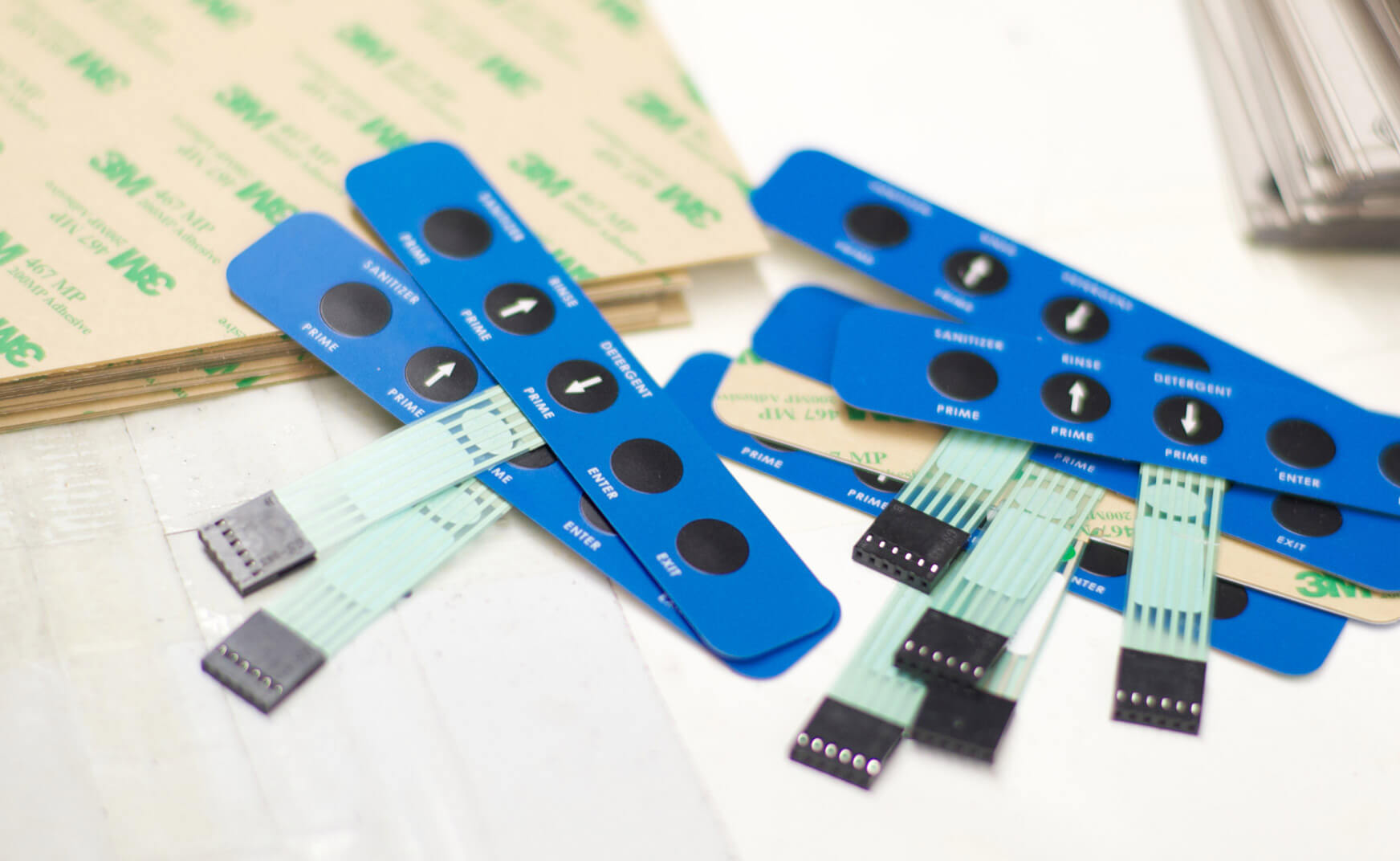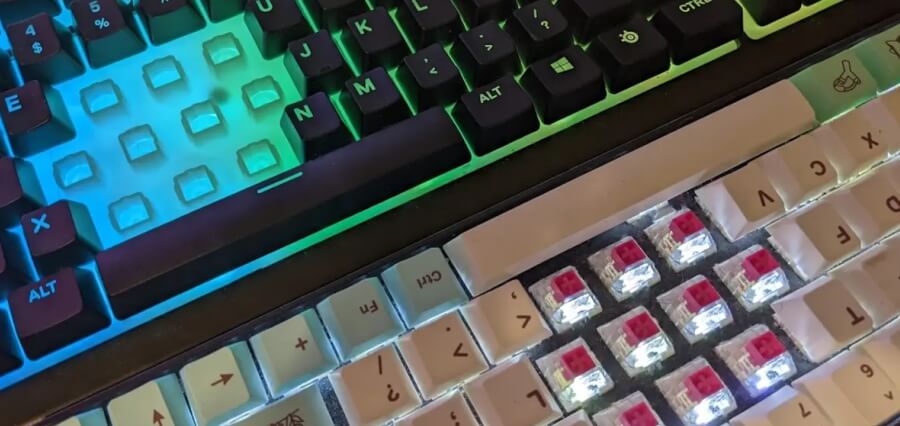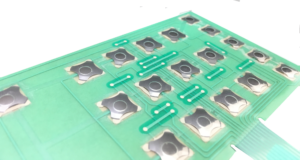The Function of a Membrane Switch in Modern Touch Interfaces and Controls
The Function of a Membrane Switch in Modern Touch Interfaces and Controls
Blog Article
Comprehending the Capability of Membrane Layer Switches Over for Interface Devices
The performance of membrane layer changes stands for a significant improvement in user interface style, incorporating efficiency with visual convenience. As industries progressively prioritize user experience, comprehending the subtleties of membrane switch modern technology becomes vital.
What Are Membrane Layer Switches?
Membrane switches are cutting-edge user interface gadgets that assist in customer communication with digital tools. These versatile elements consist of several layers, consisting of a visuals overlay, spacer, and a published circuit layer. The style permits a smooth assimilation right into various electronic devices, enhancing both the aesthetic and functional aspects of user interfaces.
Membrane switches are commonly employed in a variety of applications, from home home appliances to industrial machinery and medical gadgets. Their building normally features a thin profile, making them an optimal choice for compact layouts. The responsive comments offered by these switches can be crafted to satisfy particular user choices, making sure efficient communication in between the individual and the device.
Resilience is an additional substantial advantage of membrane layer buttons, as they are resistant to dirt, wetness, and chemicals, which enhances their lifespan popular atmospheres. Additionally, these switches can be tailored in terms of form, size, and graphic layout, enabling for branding and user-specific attributes. In general, membrane changes represent a sensible service for boosting individual experience in digital gadgets, incorporating performance with visual charm in a reliable way.
Just How Membrane Switches Over Work
Operating on a straightforward concept, membrane changes make use of a layered building and construction to register individual input effectively. Each switch includes multiple layers, including a published circuit layer, a spacer layer, and a top graphic layer, which are made to interact perfectly. When a customer presses the leading layer, it compresses the spacer layer, bringing the conductive components of the circuit layer right into contact with each other.
This call creates a closed circuit, signaling the gadget to implement a specific function. The style enables various arrangements, including tactile comments, which can boost the user experience by supplying a physical experience upon activation. The materials made use of in membrane buttons frequently consist of flexible substrates, such as polyester or polycarbonate, which make sure durability and resilience versus damage.

Secret Advantages of Membrane Buttons

An additional considerable benefit is their density. Membrane buttons are thin and light-weight, which allows manufacturers to conserve area in their tools without compromising functionality. This advice attribute is especially advantageous in applications where weight and quantity are vital considerations.
In addition, membrane buttons are resistant to dirt, moisture, and chemicals, improving their sturdiness. This strength prolongs their lifespan and decreases the need for regular replacements, leading to price savings with time.
Additionally, the tactile comments given by membrane buttons can be maximized to enhance customer interaction. They can include attributes such as raised buttons or distinct clicks, improving functionality and customer experience.
Applications Across Industries
Interface More Info devices using membrane layer buttons prevail in a large selection of industries, showcasing their versatility and capability. Membrane Switch. In the medical industry, membrane layer buttons are integral to gadgets such as analysis equipment and client surveillance systems, where their resilience and simplicity of cleaning are critical for maintaining hygiene standards. In a similar way, in the auto market, these switches are employed in control panel controls and infotainment systems, supplying a smooth and contemporary interface for customers.
Furthermore, the consumer electronics sector take advantage of membrane buttons in devices and portable gadgets, where small design and user-friendly user interfaces improve user experience. Industrial applications likewise take advantage of membrane switches for control panels in equipment and automation systems, highlighting their toughness and resistance to severe environments.
In the aerospace and defense sectors, membrane layer switches are utilized in cabin controls and devices, where dependability and performance under severe problems are critical. Additionally, the pc gaming market progressively incorporates membrane layer switches in controllers and arcade equipments, adding to an engaging customer experience. Generally, the adaptability of membrane switches over allows their widespread usage across numerous fields, highlighting their significance in modern-day interface design.
Future Fads in Membrane Switch Modern Technology

Furthermore, making use of innovative materials, such as polycarbonate and polyester films, is anticipated to climb, offering boosted sturdiness and resistance to environmental stress factors. These materials add to the total longevity of membrane switches, making them appropriate for harsher industrial applications.
Additionally, the unification of smart technology, including IoT connectivity, will allow membrane switches to interact with other gadgets and systems, assisting in a much more interactive individual experience. This pattern lines up with the expanding need for wise gadgets across different markets, from health care to consumer electronics.
Lastly, customization options are anticipated to expand, allowing manufacturers to create bespoke solutions customized to specific user demands and choices. These advancements will position membrane layer buttons as crucial parts in the advancement of interface technology.
Conclusion
Finally, membrane layer changes represent a pivotal innovation in interface innovation, offering a dependable and versatile remedy for diverse electronic applications. Their split building facilitates portable design, while attributes such as tactile feedback improve user communication. The sturdiness against ecological factors better solidifies their energy across numerous industries. As innovations in material scientific research and touch noticing modern technologies continue, the capability and applicability of membrane buttons are expected to broaden, reinforcing their relevance in modern digital tools.
Report this page